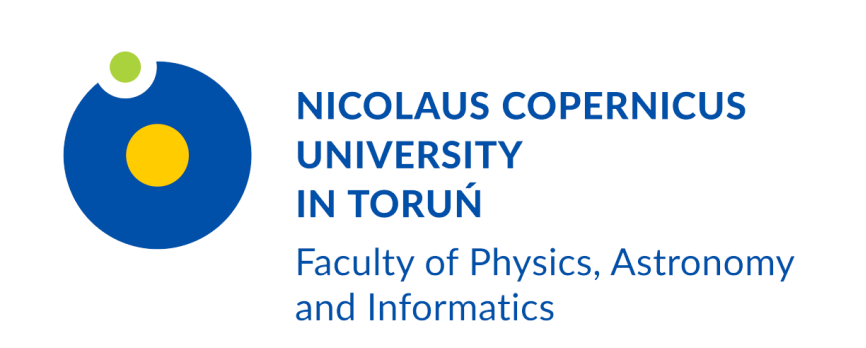 Interstellar medium fills the space in our (and other) Galaxy; it is especially concentrated in disk (spiral arms). The presence of clouds of interstellar matter is manifested in various ways – by different kinds of radiation absorption by distant stars:
Interstellar medium fills the space in our (and other) Galaxy; it is especially concentrated in disk (spiral arms). The presence of clouds of interstellar matter is manifested in various ways – by different kinds of radiation absorption by distant stars:
- Interstellar extinction in electromagnetic spectrum caused by dust; the latter is a virtually sole component of rocky planets (such as Earth).
- Absorption lines of interstellar gases known since 1904, the most significant result is breaking them into Doppler components, which means that the interstellar medium is not continuous – it has an island-like structure, being composed of clouds.
- Absorption line of simple molecules (radicals) such as CH, CN or C2, known since 1937. They can be formed in many ways: by collisions within gas or on the surface of dust grains. The latter mechanism is most probably responsible for the formation of the most plentiful molecule in the Universe, H2
- Unidentified since 1922 diffuse interstellar lines, probably also bands, but of more complex molecules. At present we know of over 400 structures of this kind; most of them are very weak bands.
Our studies are observations in the visible range, as well as near-infrared, searching for relationships between the aforementioned elements of absorption spectra of interstellar clouds. Due to the anticipated complexity of diffuse line carriers it is hard to expect their identification in the course of anything else than comparing the observed spectra with the ones obtained in the laboratory in the gas phase. Thus the undermentioned group consists also of experimental physicists studying the spectra of molecules composed of elements which are plentiful in the Universe.
The most significant results so far is determining the average extinction rule on the basis of vast collection of photometric data and pointing to a possible relationship between the shape of extinction curves and the proportions of intensities of diffuse lines. The commonly used terms which denote interstellar clouds (types σ and ζ) originate from our works conducted in 1986-88. An important factor here is proving that the CN molecules’ rotational temperature is higher by 0.25K than the radiation temperature of relic background, defined by dedicated satellites as 2.725K. We have also defined the relationship between the density of interstellar gases and distance, at present it is the most reliable manner of distance measuring the Galaxy disk.
Group members:
- prof. Jacek Krełowski
- prof. Andrzej Strobel
Foreign collaborators:
- prof. Gazinur A. Galazutdinov, Chile
- dr hab. Mirosław Zachwieja, University of Rzeszów
- dr Faig A. Musaev, Rosja, Azerbaijan
- dr Vira Godunova, Ukraine
- dr Arkadii Bondar, Ukraine
- prof. Harold Linnartz, Netherlands
- dr Ralf Siebenmorgen, Germany
- dr Farid Salama, USA
Most important publications in the recent 10 years:
- Weselak T., Galazutdinov G., Musaev F., Krełowski J. (2008) Relation between CH cation and neutral/molecular hydrogen, A&A, 479, 149
- Megier A., Strobel A., Galazutdinov G.A., Krełowski J. (2009) The interstellar Ca II distance scale, A&A, 507, 833
- Krełowski J., Beletsky Y., Galazutdinov G.A. (2010) Hydroxyl Cation in Translucent Interstellar Clouds, ApJ, 719L, 20
- Krełowski J., Beletsky Y., Galazutdinov G.A., Kołos R., Gronowski M., LoCurto G. (2010) Evidence for Diacetylene Cation as the Carrier of a Diffuse Interstellar Band, ApJ, 714L, 64
- Galazutdinov G., Lee Byeong-Cheol, Song In-Ok, Kaźmierczak M., Krełowski J. (2011) A search for interstellar naphthalene and anthracene cations, MNRAS, 412, 1259
- Galazutdinov G.A., Krełowski J. (2012) Metastable helium in absorption towards ζ Ophiuchi, MNRAS, 422, 3457
- Galazutdinov G., Krełowski J., Beletsky Y., Valyavin G. (2013) Variable interstellar lines in spectra of HD 73882, PASP, 125, 1329
- Schmidt M.R., Krełowski J., Galazutdinov G.A., Zhao D., Haddad M.A., Ubachs W., Linnartz H. (2014) Detection of vibronic bands of C3 in a translucent cloud towards HD 169454, MNRAS, 441, 1134
- Galazutdinov G., Strobel A., Musaev F.A., Bondar A., Krełowski J. (2015) The Structure and Kinematics of the Galaxy Thin Gaseous Disk Outside the Solar Orbit, PASP, 127, 126
- Zhao D., Galazutdinov G.A., Linnartz H., Krełowski J. (2015) Detection of OH+ in Translucent Interstellar Clouds: New Electronic Transitions and Probing the Primary Cosmic Ray Ionization Rate, ApJ, 805, L12
- Zhao D., Galazutdinov G.A., Linnartz H., Krełowski J. (2015) Mercapto radical (SH) in translucent interstellar clouds, A&A, 579, 1
- Krełowski J., Galazutdinov G.A., Bondar A., Beletsky Y. (2016) Observational analysis of the well-correlated diffuse bands: 6196 and 6614 Å, MNRAS, 460, 2706
- Galazutdinov G.A., Shimansky V.V., Bondar A., Valyavin G., Krełowski J. (2017) C60+ – looking for the bucky-ball in interstellar space, MNRAS, 465, 3956
- Galazutdinov G.A., Lee Jae-Joon, Han Inwoo, Lee Byeong-Cheol, Valyavin G., Krełowski J. (2017) Infrared diffuse interstellar bands, MNRAS, 467, 3099

 Piwnice k. Torunia, 87-148 Łysomice
Piwnice k. Torunia, 87-148 Łysomice